Chaka Salt Lake near the town Chaka in Wulan county is one of the most beautiful lakes of the Qaidam Basin in Northwest China’s Qinghai province. Chaka is actually a large salt flat, about 9 km long and 15 km wide, covered with a thick crust of salt. During the dry seasons, the lake remains much smaller in size. Only when it rains, the lake extends to its full size.
The lake is very shallow —at places, it is only ankle-deep— that allows visitors to walk over the lake. At times, when the sky is looking brilliant, the crystal blue water of the lake reflects the azure sky as if a giant mirror is resting on the ground. This has earned Chaka Salt Lake the nickname of ‘Mirror of the Sky’. In this regard, Chaka Salt Lake is like the smaller cousin of Bolivia’s famous Salar de Uyuni.
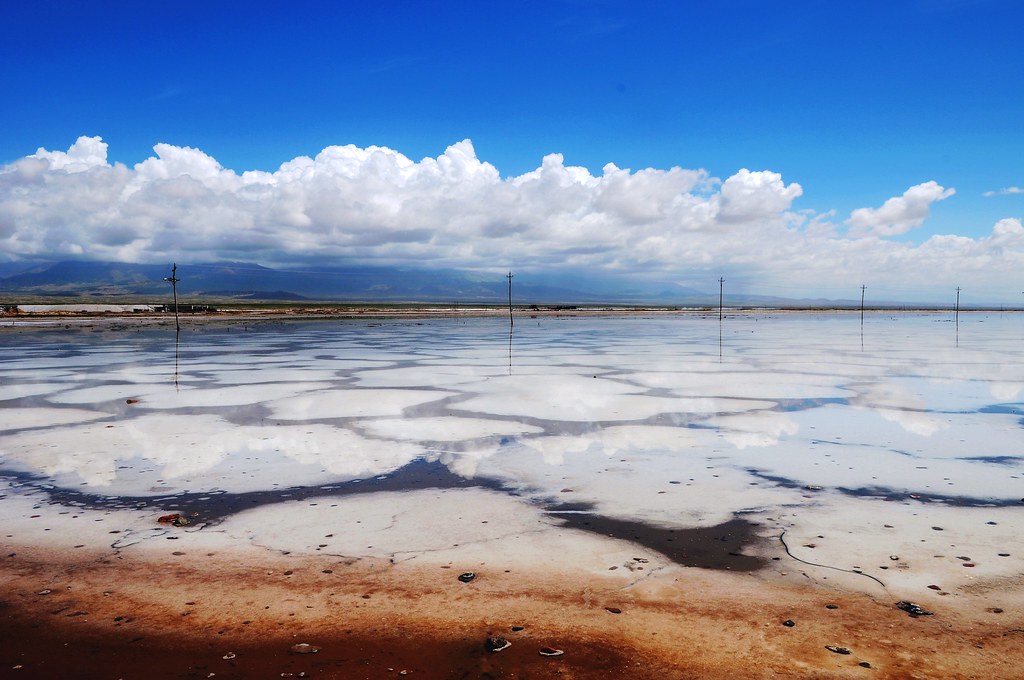
The region where the lake is located was once a shallow sea. Tectonic movement then raised this block of ground more than 3,000 meters up to form the huge Qinghai-Tibet plateau. Small pockets of residual seawater in this plateau turned into saline lakes, one of which is Chaka Salt Lake. More salt from the mountains flowed in along with rainwater and seasonal rivers, and over time the salinity of the lakes increased. There is now over 5 meters of salt in Chaka Salt Lake.
The salt lakes of the Qaidam Basin has been mined for more than 3,000 years. During the times of the Western Han Dynasty (206 BC—AD 25), the local people of Qiang ethnic minority depended on the lakes for salt. Salt also came from other places such as Xian Lake, which is now called Qinghai Lake, and Salt Lake in Jincheng County.
Large scale exploitation of salt began in the second half of the 18th century. Due to the large reserves, mining is not at all difficult as natural salts can be obtained by just uncovering the top layer of the lake. Large scale mining is done mechanically nowadays allowing Chaka’s salt factory to annually produce hundreds of tons of high-quality crude salt that gets sold around China, and are even exported to Japan, Nepal, and the Middle East.

Photo credit: randomix/Flickr

Photo credit: randomix/Flickr
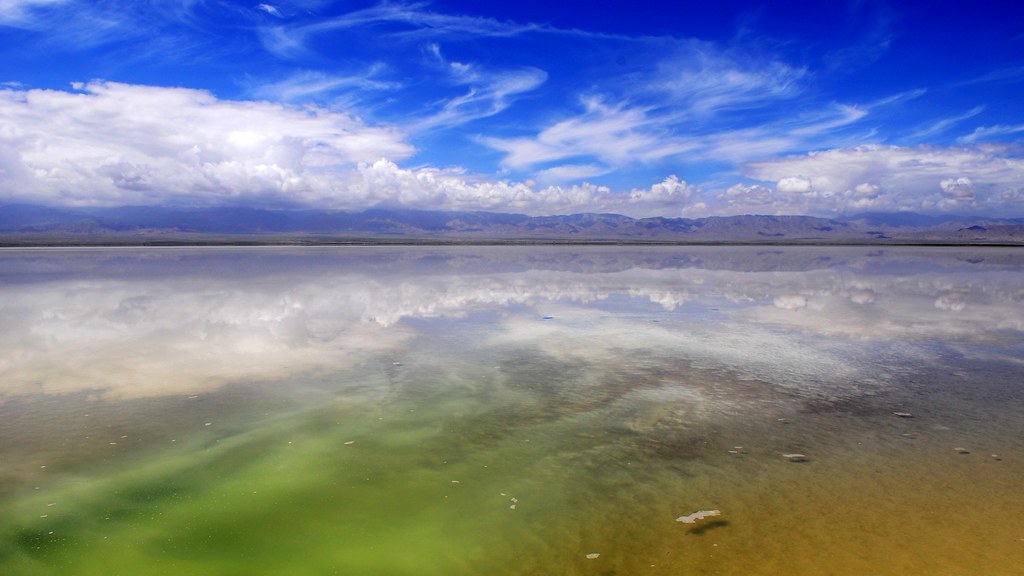
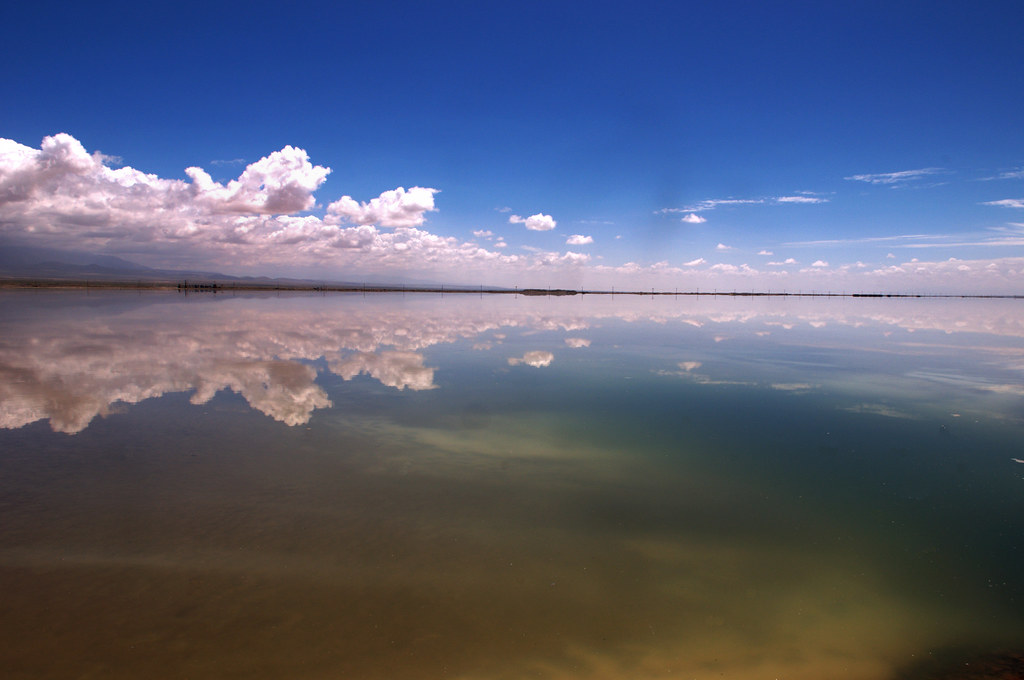
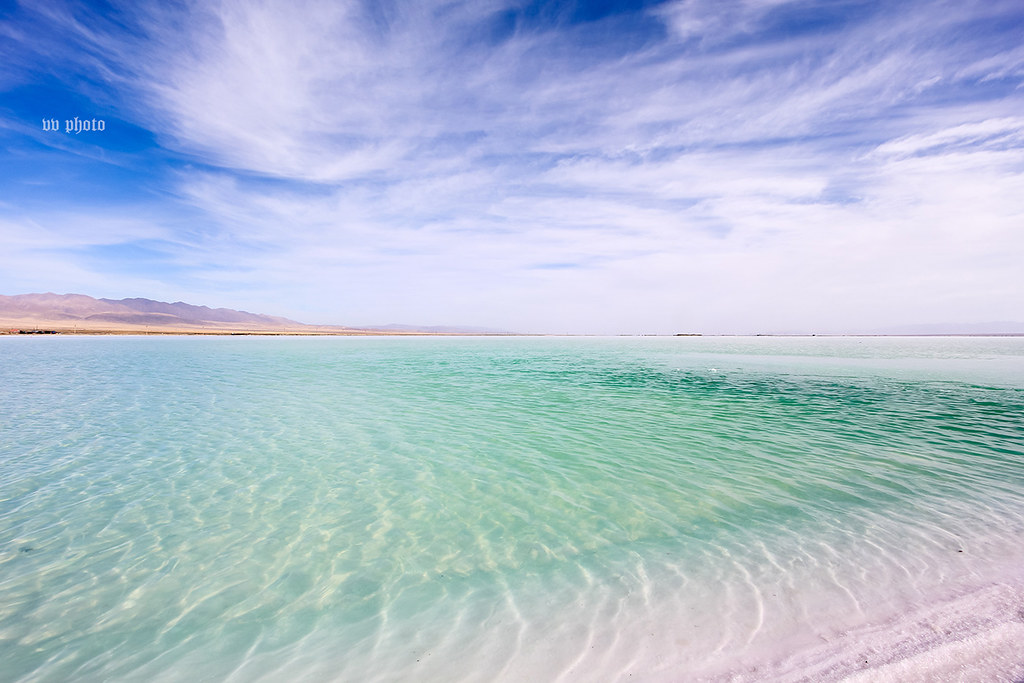
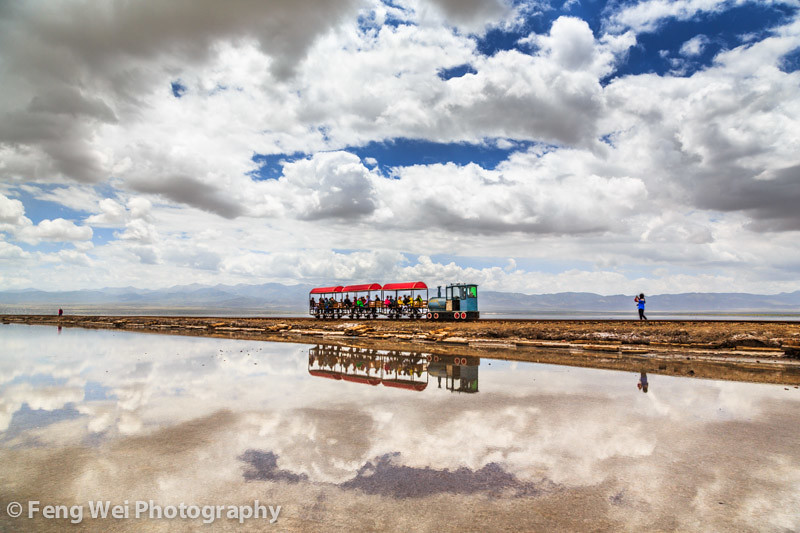
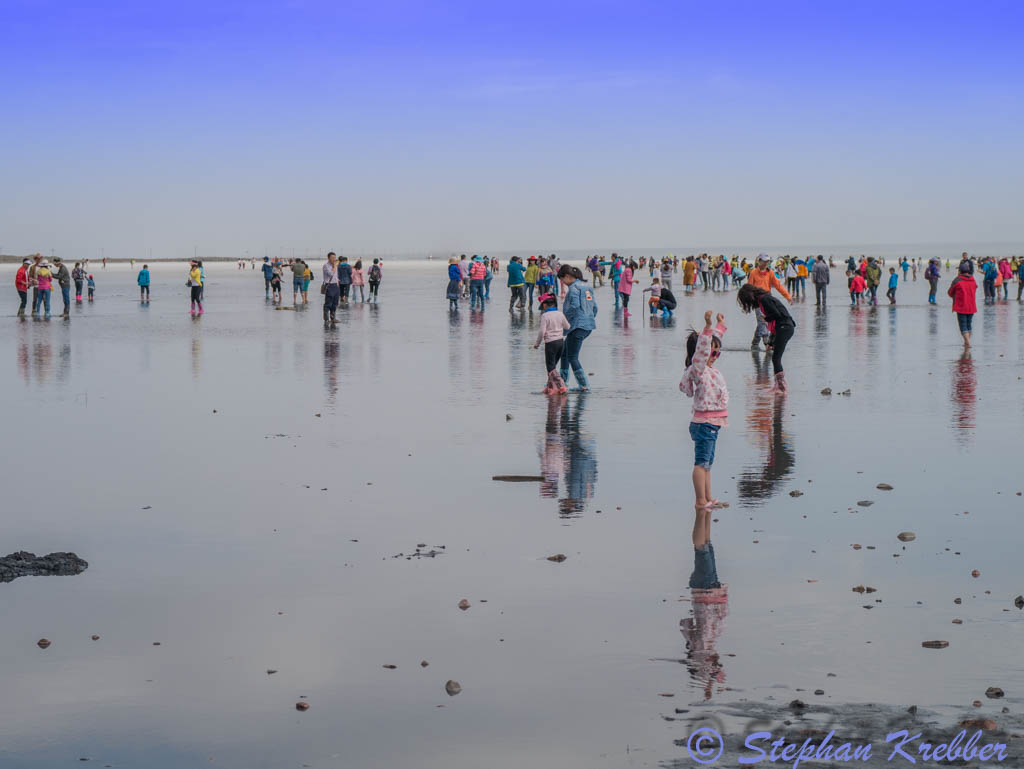
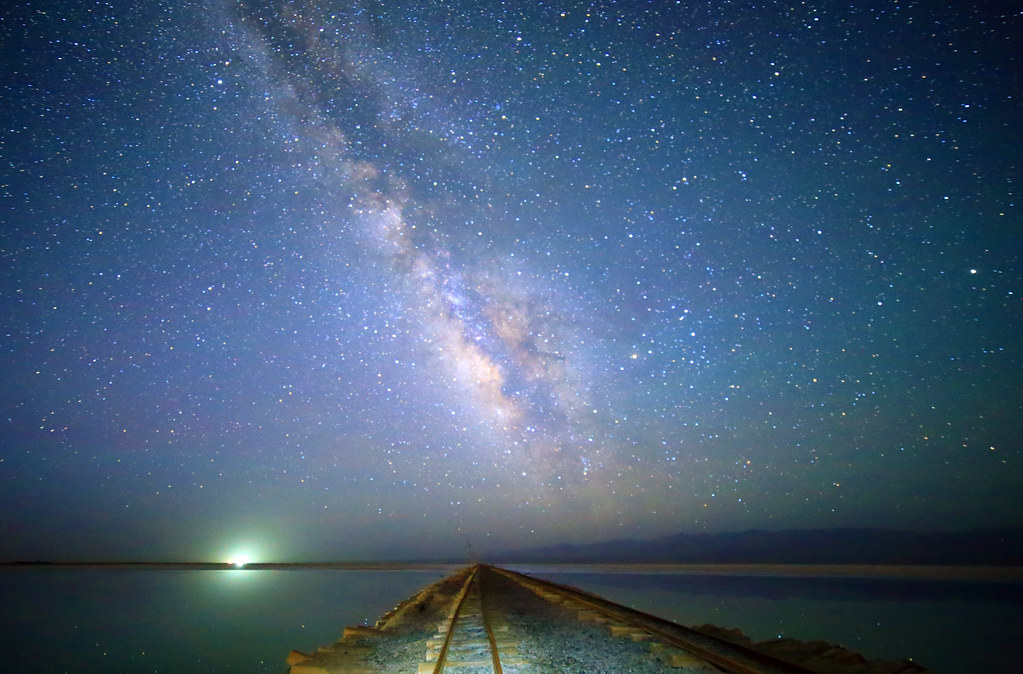
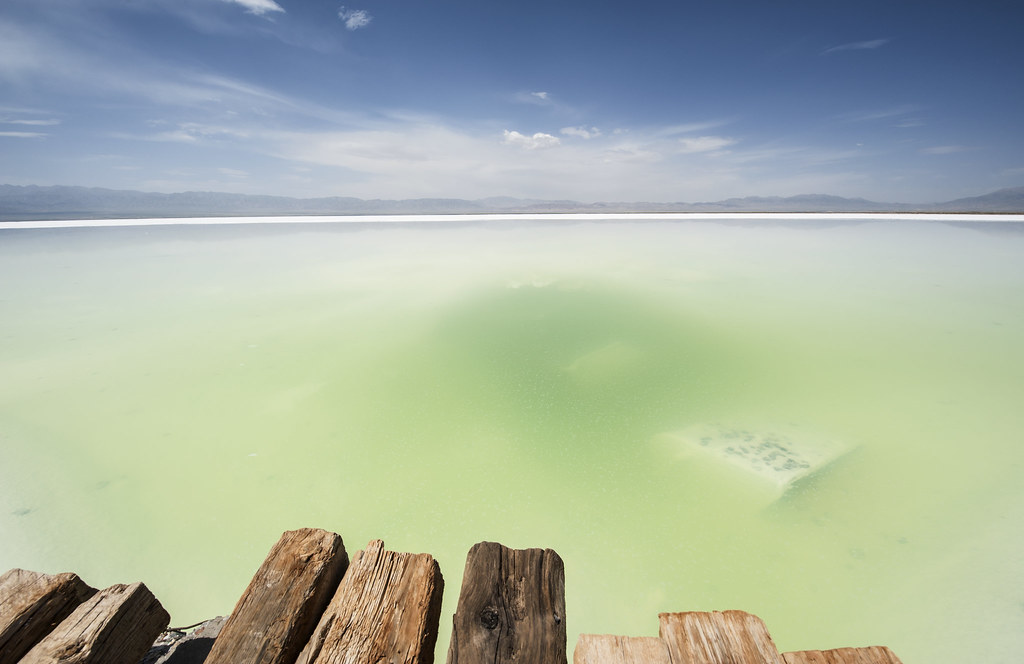
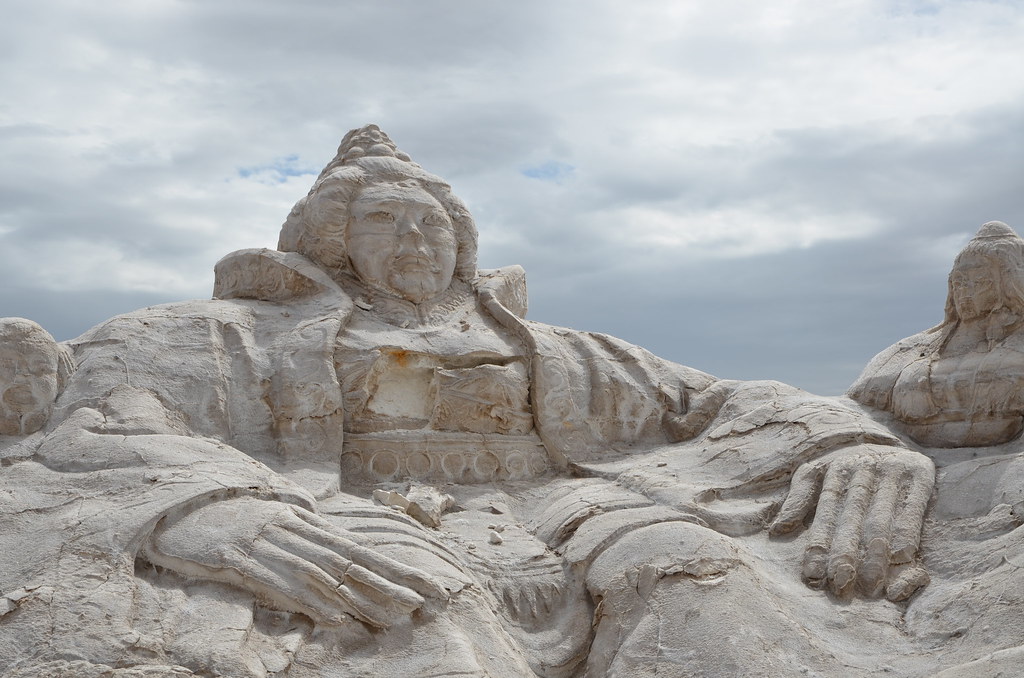
A salt sculpture near the lake.
Sources: Travel China Guide / Baidu
Subscribe to our Newsletter and get articles like this delieverd straight to your inbox
The lake is very shallow —at places, it is only ankle-deep— that allows visitors to walk over the lake. At times, when the sky is looking brilliant, the crystal blue water of the lake reflects the azure sky as if a giant mirror is resting on the ground. This has earned Chaka Salt Lake the nickname of ‘Mirror of the Sky’. In this regard, Chaka Salt Lake is like the smaller cousin of Bolivia’s famous Salar de Uyuni.

The region where the lake is located was once a shallow sea. Tectonic movement then raised this block of ground more than 3,000 meters up to form the huge Qinghai-Tibet plateau. Small pockets of residual seawater in this plateau turned into saline lakes, one of which is Chaka Salt Lake. More salt from the mountains flowed in along with rainwater and seasonal rivers, and over time the salinity of the lakes increased. There is now over 5 meters of salt in Chaka Salt Lake.
The salt lakes of the Qaidam Basin has been mined for more than 3,000 years. During the times of the Western Han Dynasty (206 BC—AD 25), the local people of Qiang ethnic minority depended on the lakes for salt. Salt also came from other places such as Xian Lake, which is now called Qinghai Lake, and Salt Lake in Jincheng County.
Large scale exploitation of salt began in the second half of the 18th century. Due to the large reserves, mining is not at all difficult as natural salts can be obtained by just uncovering the top layer of the lake. Large scale mining is done mechanically nowadays allowing Chaka’s salt factory to annually produce hundreds of tons of high-quality crude salt that gets sold around China, and are even exported to Japan, Nepal, and the Middle East.

Photo credit: randomix/Flickr

Photo credit: randomix/Flickr








A salt sculpture near the lake.
Sources: Travel China Guide / Baidu
Subscribe to our Newsletter and get articles like this delieverd straight to your inbox
Chaka Salt Lake: Mirror Of The Sky
4/
5
Oleh
Chandu Numerology










